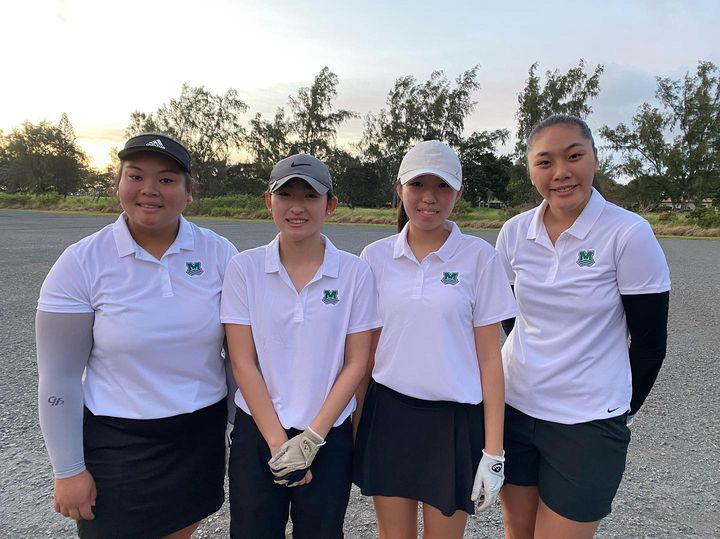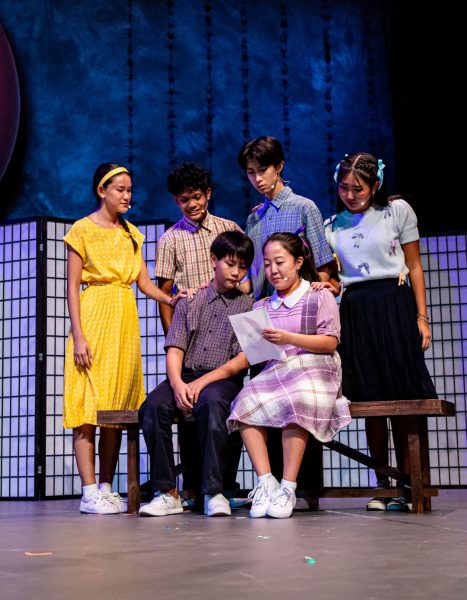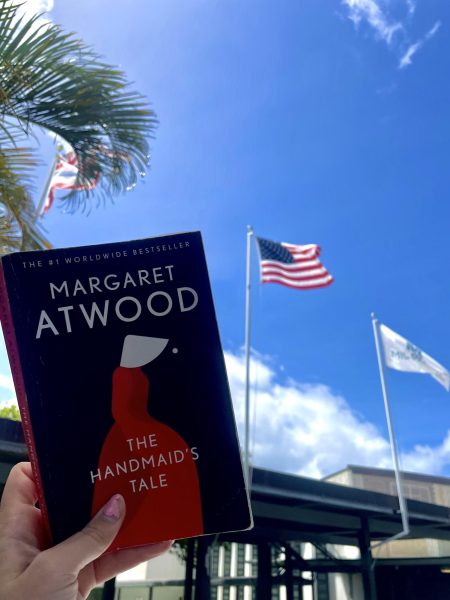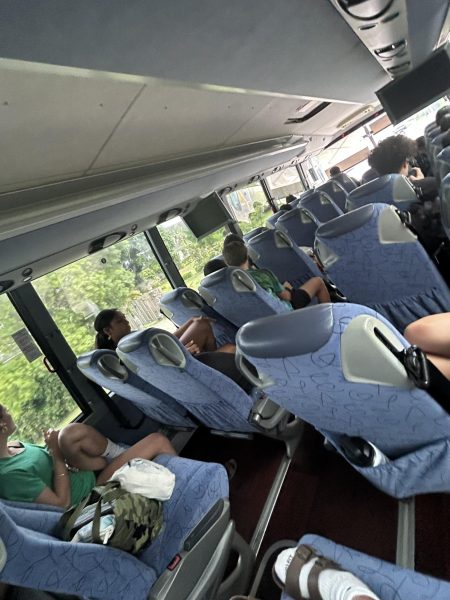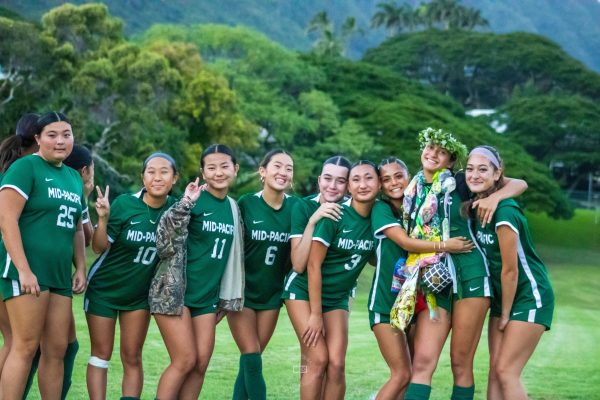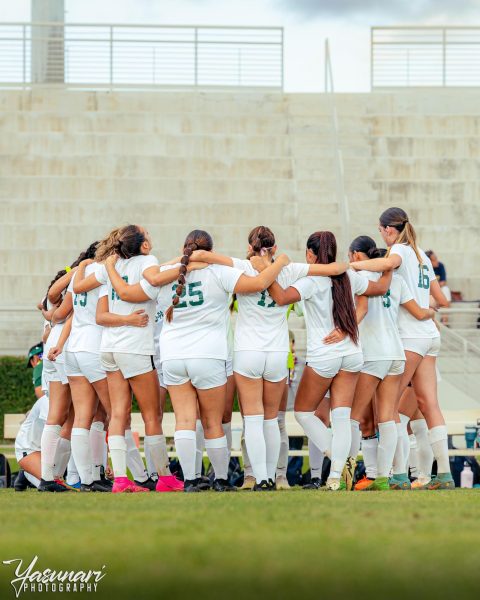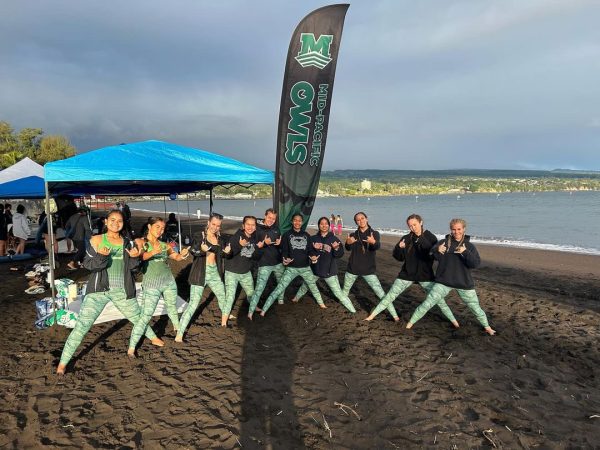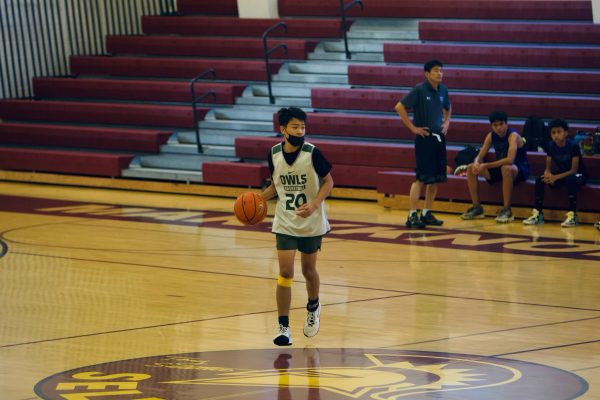Girls Golf
In Varsity I Girls Golf a positive mindset is the key to success.
“[When it comes to playing golf], I [see] it as whatever you think in your head, you will do. So, if you think positive, you will have a positive outcome,” junior Emma Brown said.
The team is made up of only four golfers: Bryn Higuchi ‘23, Emma Brown ‘24, Kate Kawasaki ‘25, and Lana Nakamoto ‘25. Although this may seem small, the size is actually on par with most other schools.
The 2023 season began in March with eight weekly tournaments leading up to the ILH Championship and the HHSAA State Championship. Even with weekly team practice and individual practices, they placed fifth in the ILH Championship.
Despite their loss, the team is still intent on pursuing golf and working to improve their skill through further practice of the sport.
“I tried out for Varsity I because I‘ve been playing for a long time. [I’ve done] so many [golf] programs, [and] having coaches from [those] programs and [an] independent coach, who wanted me to get on the team, motivated me. My parents also wanted for me to get scholarships, so Varsity I was the best route for me,” Higuchi said.
Playing golf opens many doors for its athletes, including but not limited to scholarships and a spot on a college team. Golf is also the classic business sport, known for being a place where people can work on networking and building up work related relationships.
“[Golf helps me] to have people to talk to. Whether that’s with school or not, it’s having connections,” Brown said.
Despite Varsity I being regarded as being more attractive to colleges, many Varsity II golfers did not want to join Varsity I because of the amount of commitment required. There are more tournaments in Varsity I, with the Varsity II season ending four weeks earlier.
Another discouragement to joining the sport is that the tournaments take athletes out of school for the day, forcing them to catch up on their schoolwork in their downtime.
The amount of time needed for playing and practicing keeps the athletes on a tight schedule.
“I have to practice [golf] three times a week and balance it with school life, especially since I’m an IB diploma student. It gets stressful having both exams and tournaments,” Higuchi said.
Despite the challenges that come with the sport, it has its rewards.
“Golf is not only trying to get a scholarship, but [instead] trying to do your physical best. Even if you have an off day, it’s trying to push through and telling yourself ‘today isn’t my best, but here’s what I can do to make it better,’” Nakamoto said.
As any other activity that takes up much of someone’s time, golf has worked to strengthen athletes by improving self-confidence and creating a more positive outlook on work.
Like many say, golf is not a very physical sport, instead the majority of the golfing game is mental. In order to do well, you have to believe in your skill and that you can achieve your goal- to make your parents and coaches proud, to earn a better score than last tournament, to win.
This strength carries over into everyday life, where the golfers are prepared to be more confident in their other abilities and work.
“Mindset is a big part of golf. After a few holes, if you decide that you aren’t doing very good and put yourself down, you’re going to be defeated inside. I always tell myself to take it one shot at a time,” Nakamoto said.
Though golf may not always follow these athletes through life, there is much that they take from these sports that will take them deep into adulthood.
“From golf itself, I have learned the most about respect and how you always have to play with etiquette. Learning to have that respect is something I will use for the rest of my life,” Brown said.
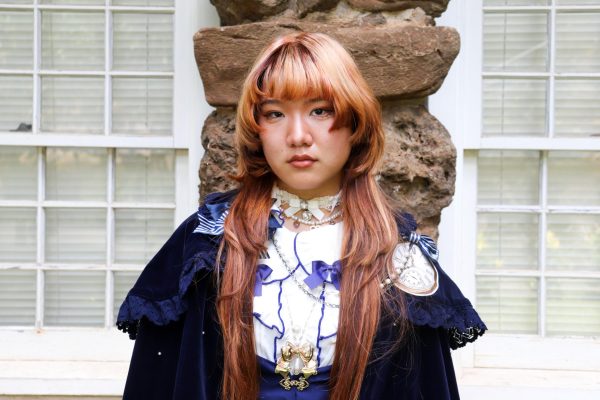
Emiko Lew is in their fourth year of journalism and is serving as the Editor-in-Chief and Design Head. Outside the newsroom, they enjoy creating art, writing,...

